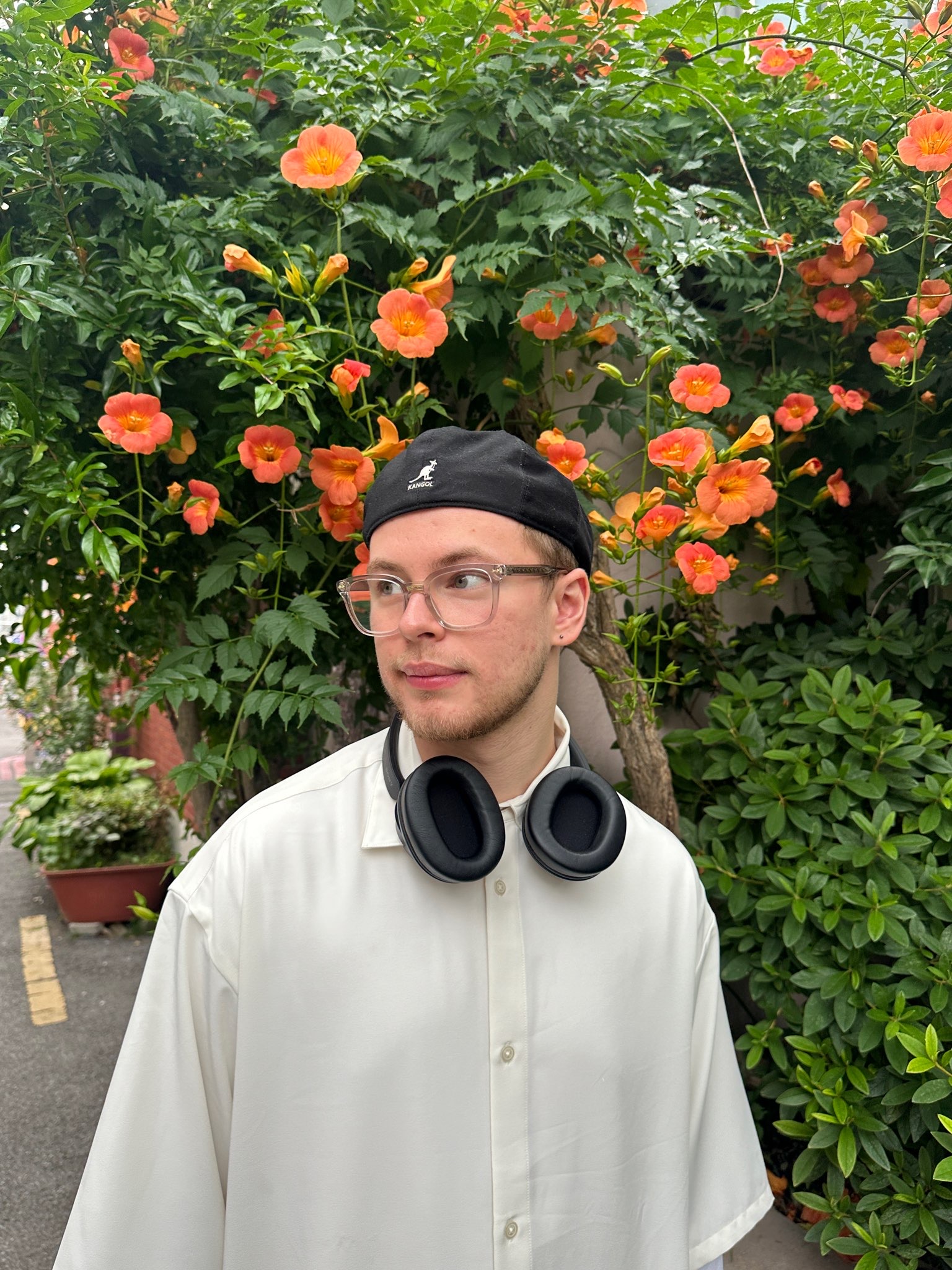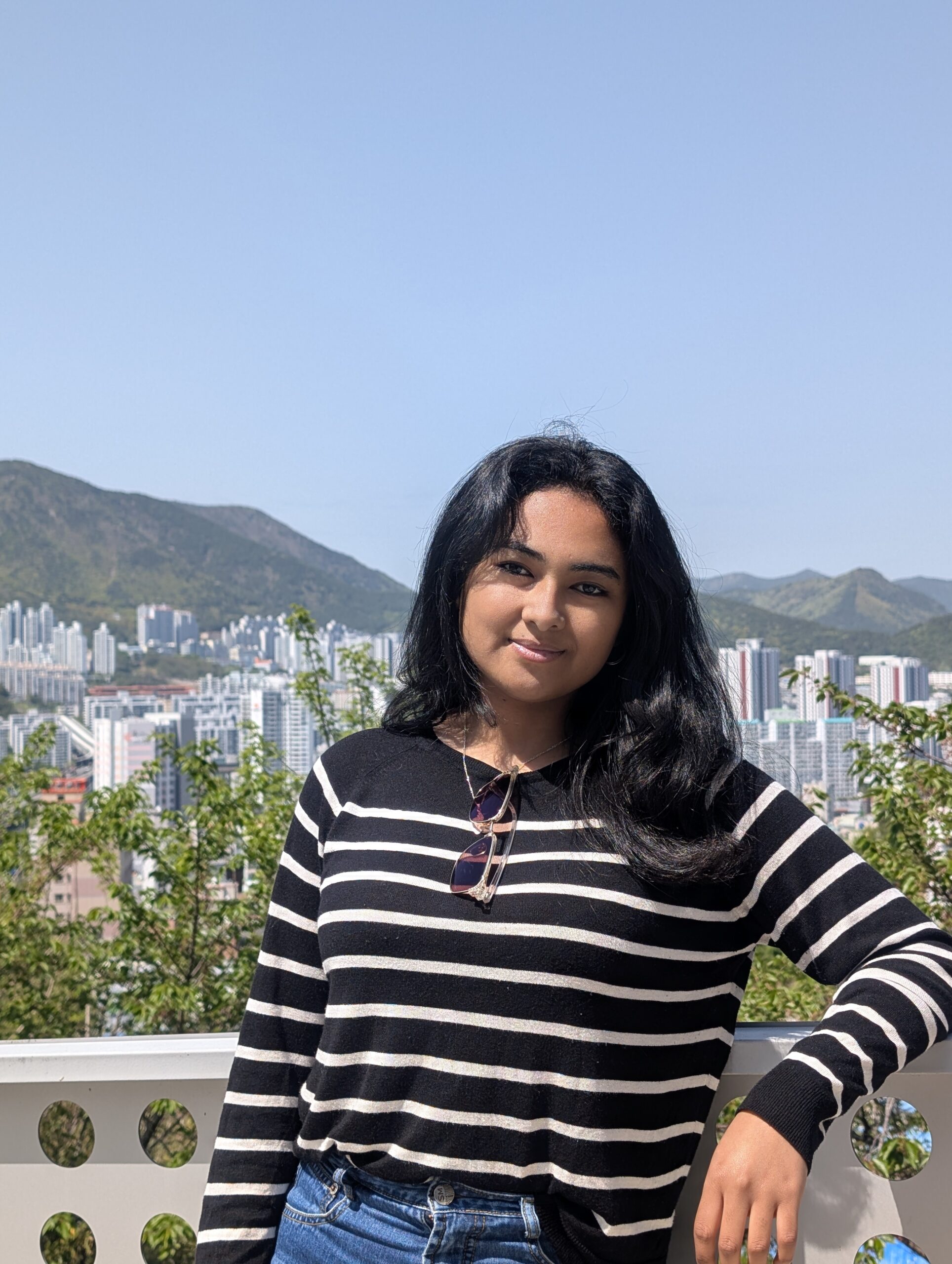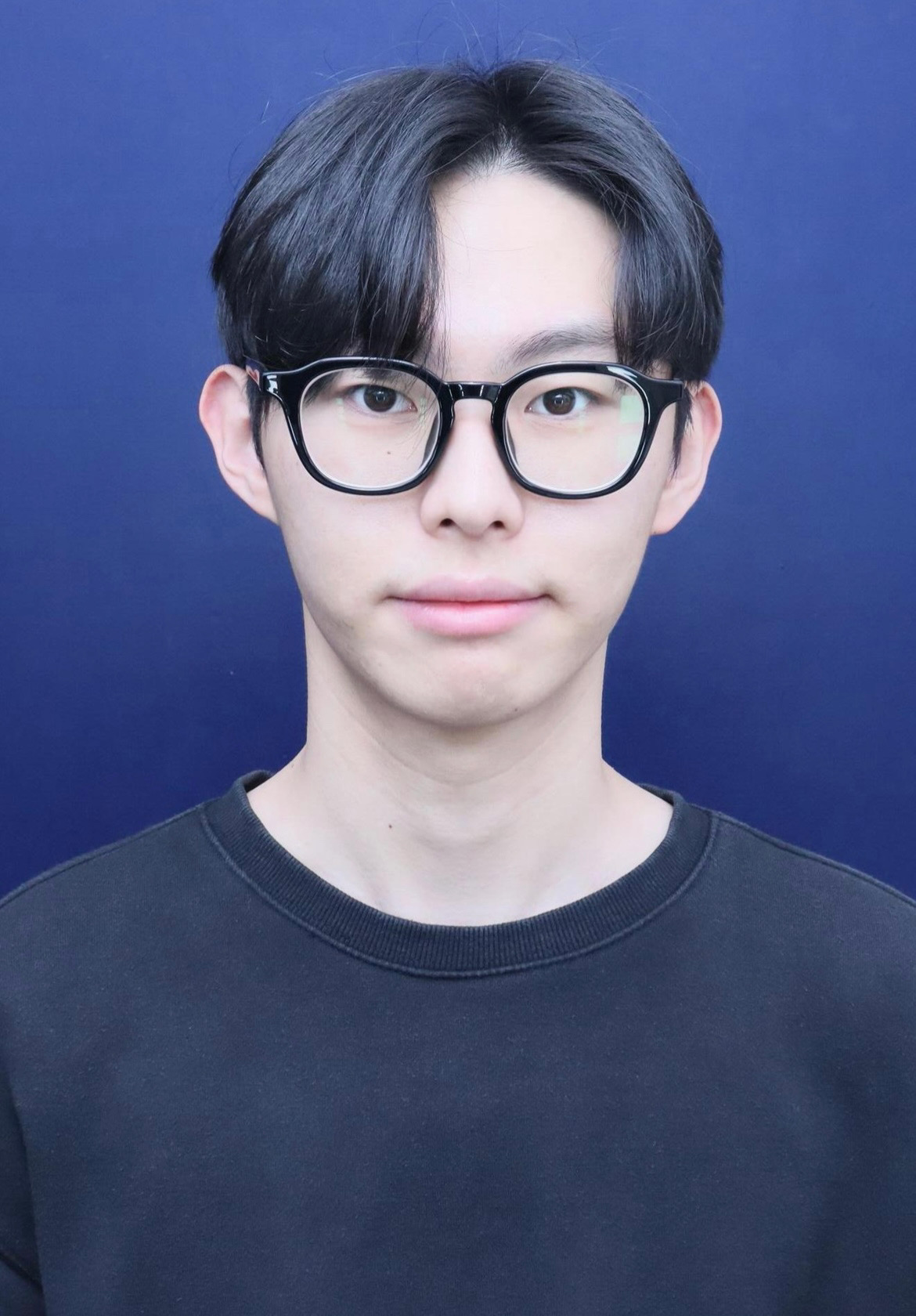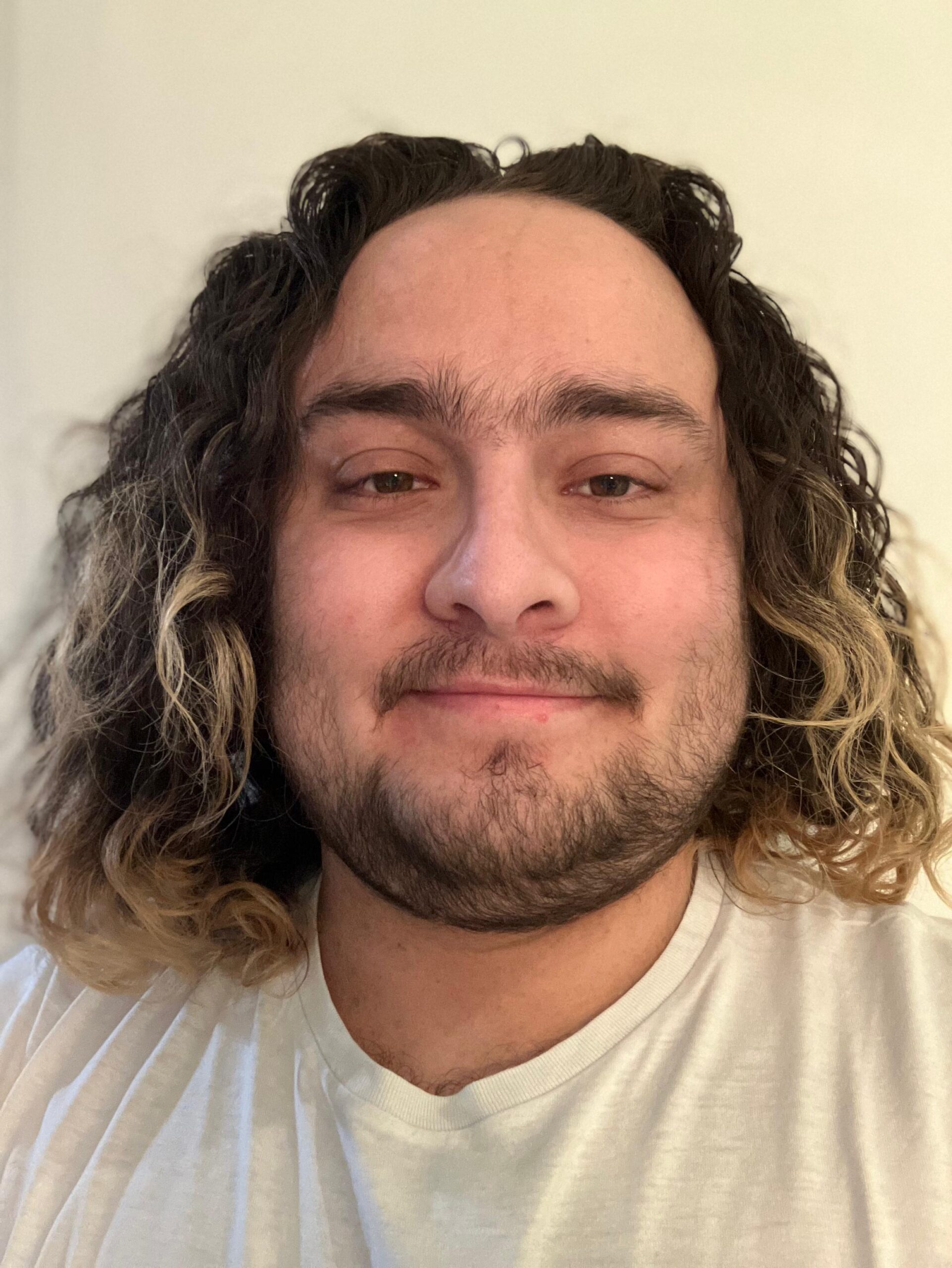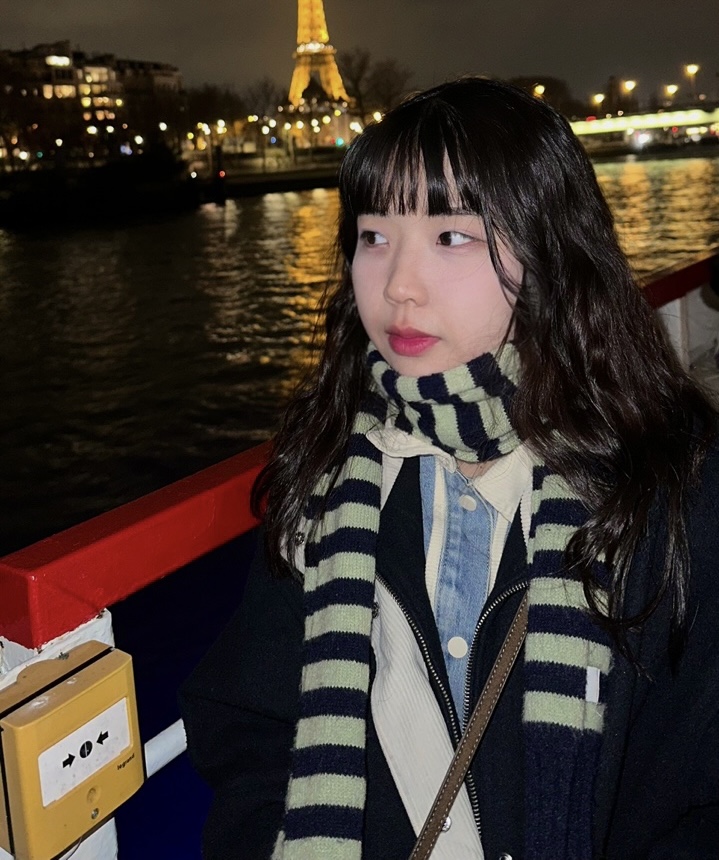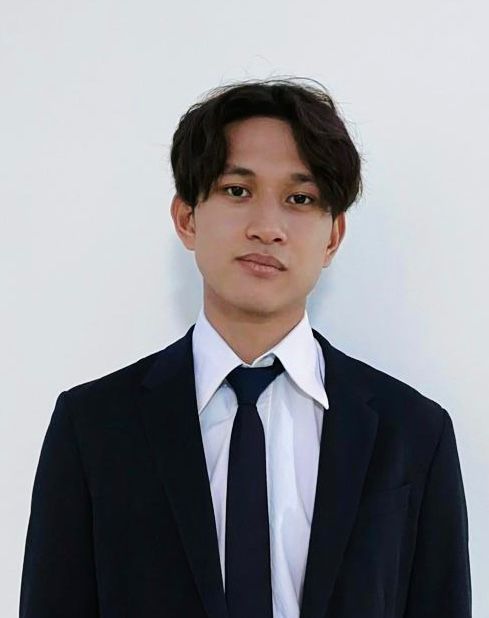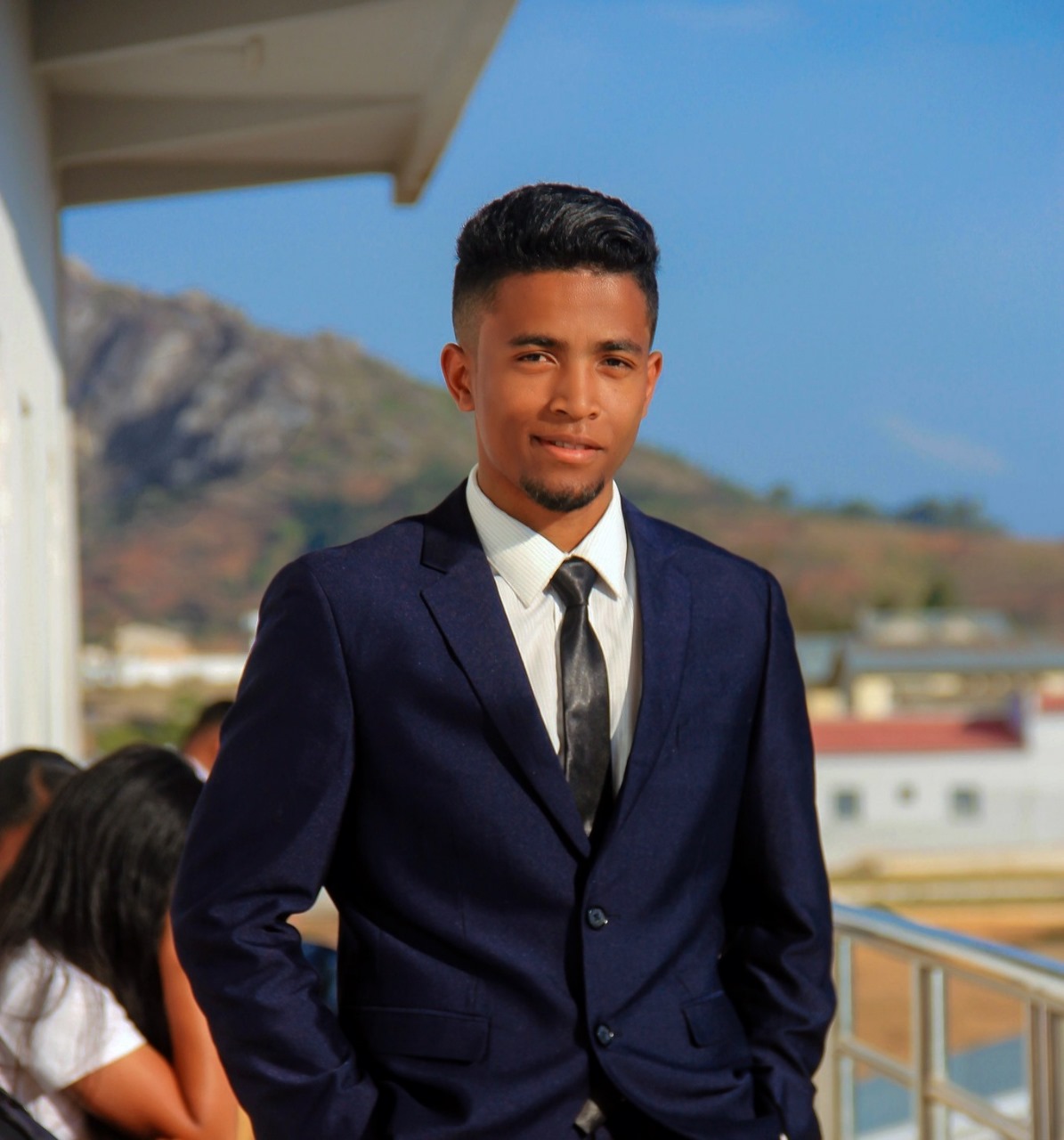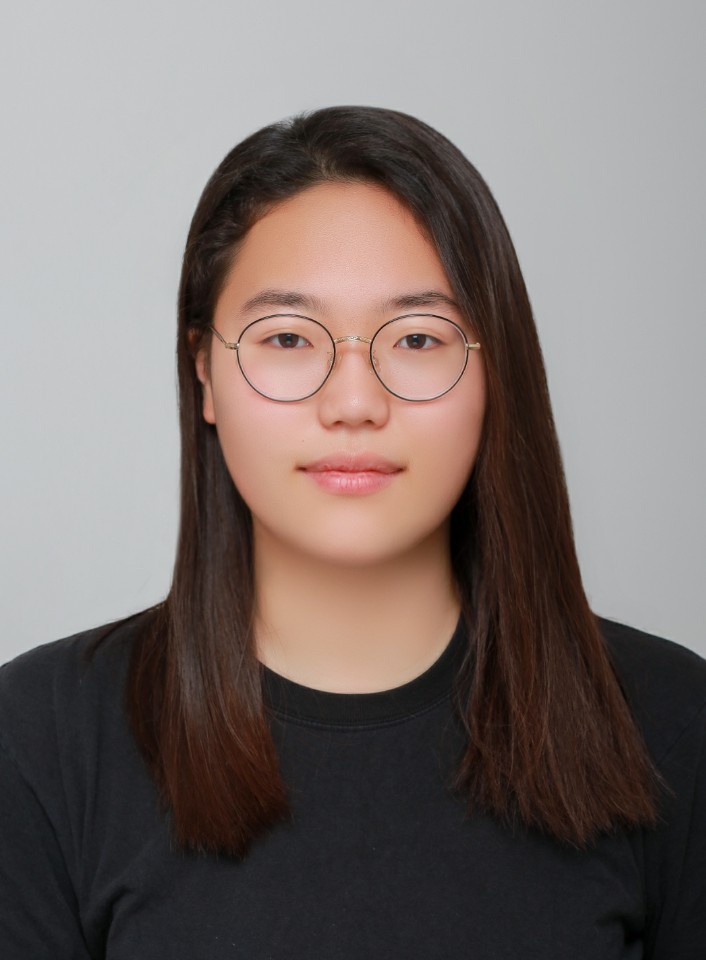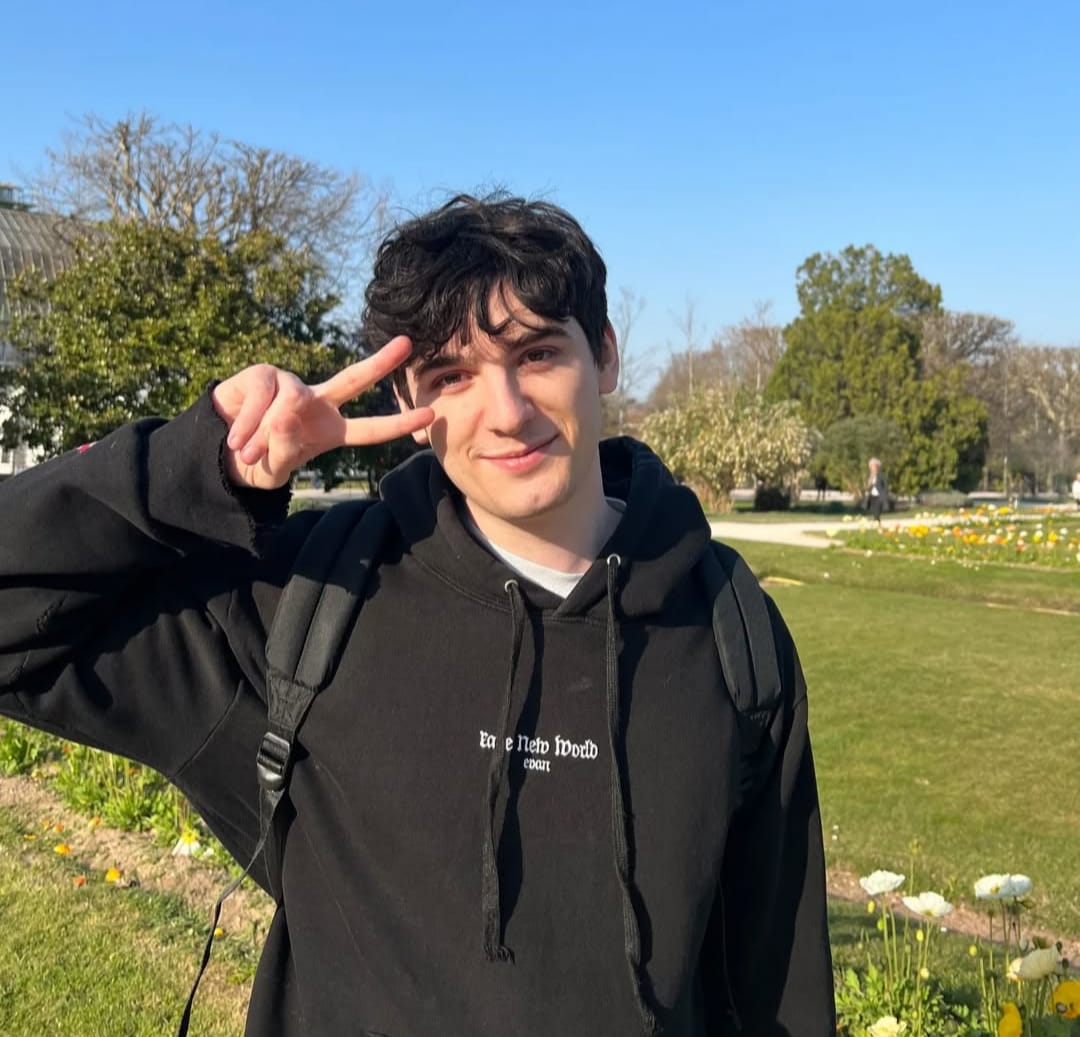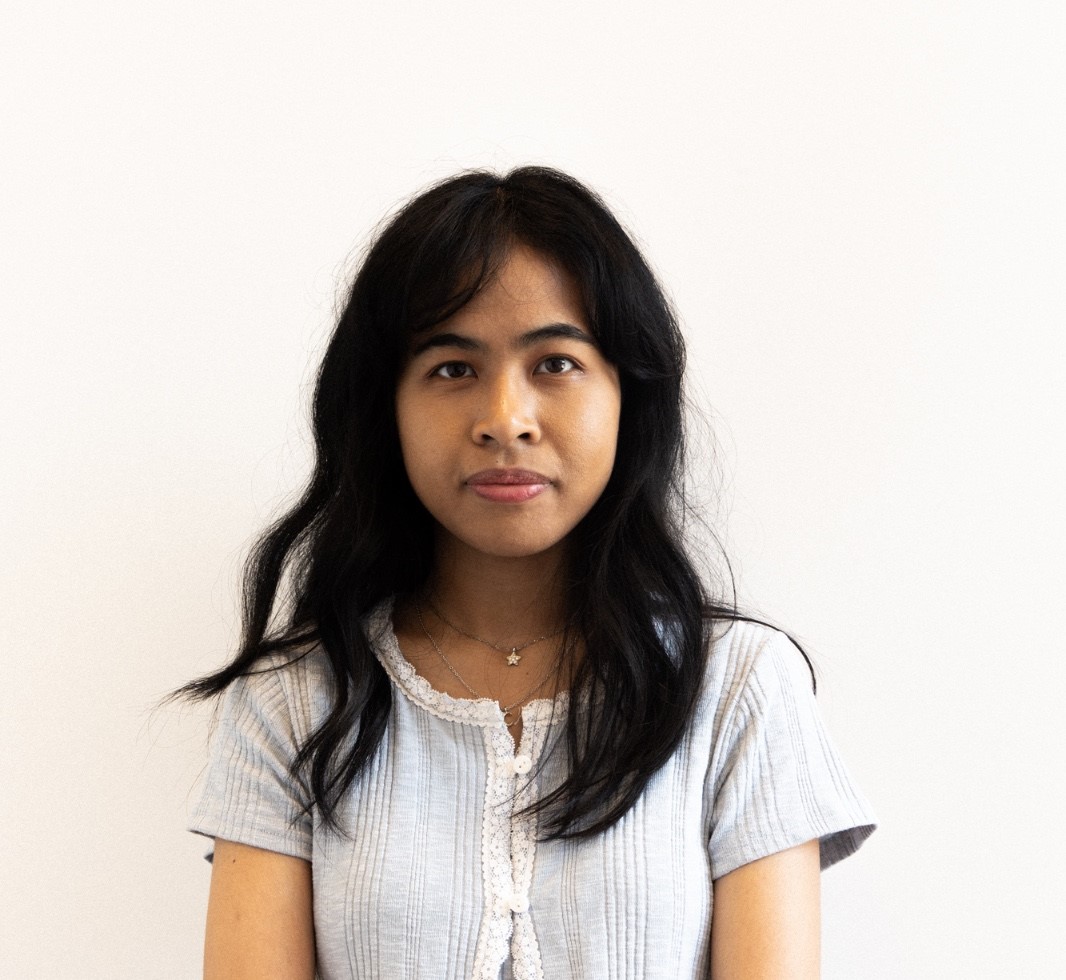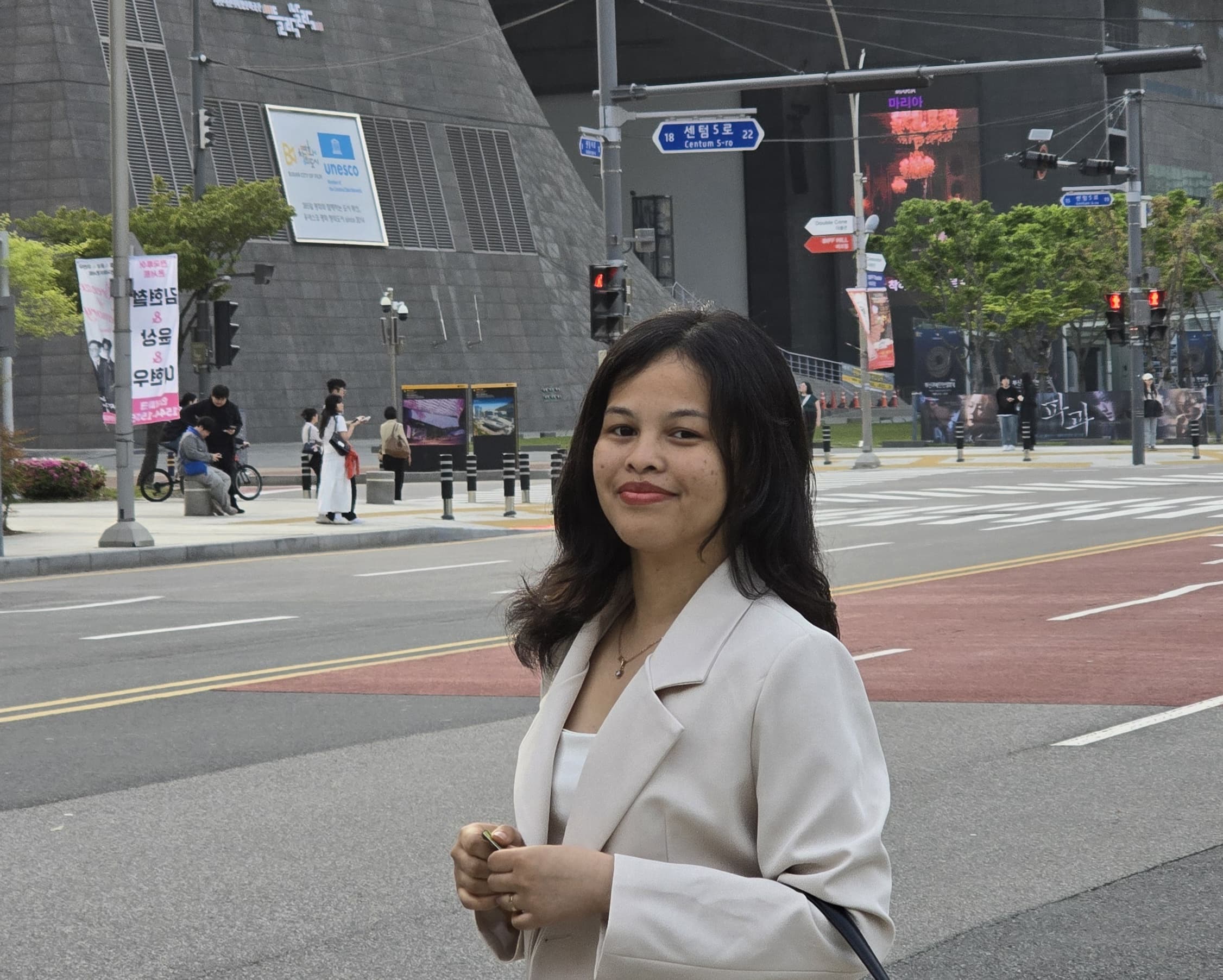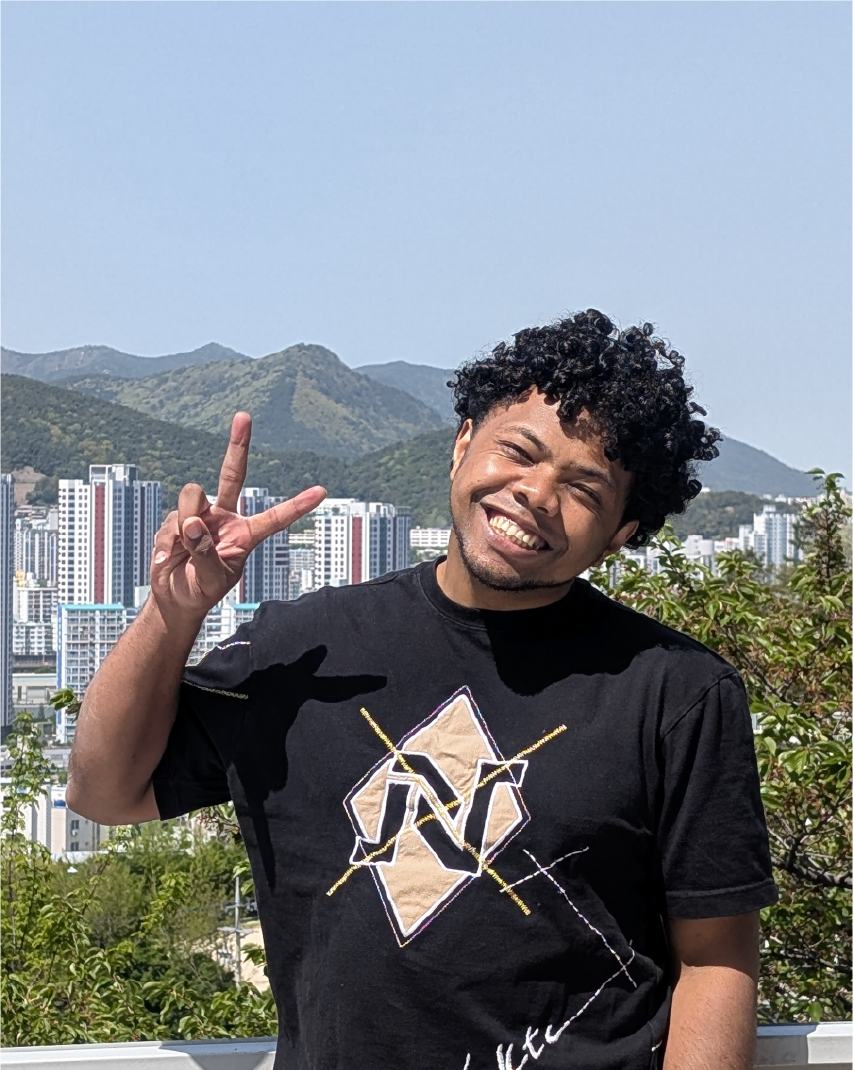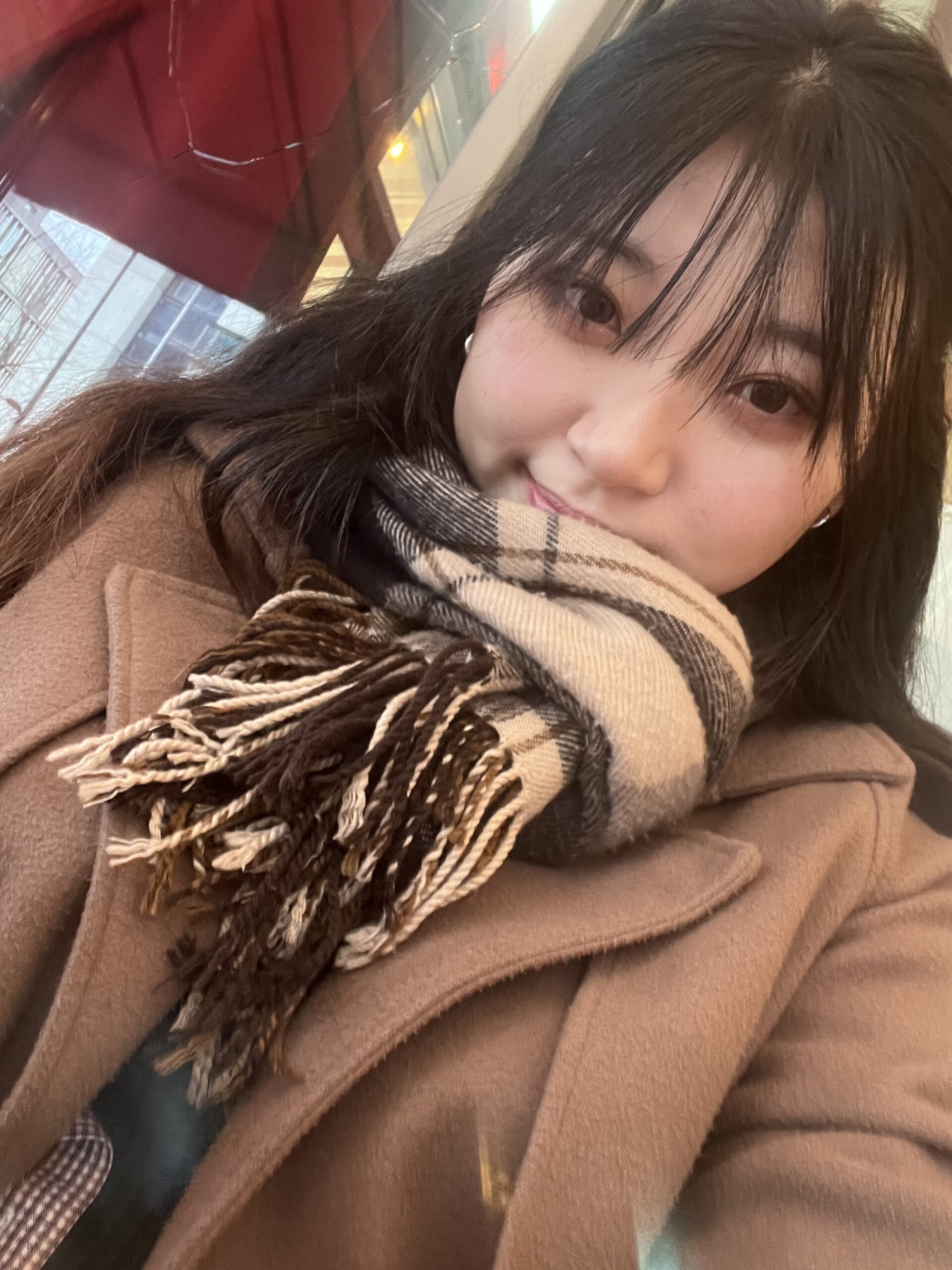Daejabo
The Korean Daejabo: A Tool for Student Activist Expression
It is a large handwritten poster used by South Korean students, especially in the 1980s, to express their ideas, denounce injustice, or call for mobilization. Pasted on university walls, this medium served to bypass censorship and create a space for freedom of expression.
It is a powerful symbol of student protest in Korea, still recognized today as an iconic tool of struggle and activist communication.
About
Students Confronting Authoritarian Power in South Korea: Through the Figure of Park Chung-hee
This web documentary was created as part of a collaborative project between the Film & Visual Media Technology Department at Dong-Eui University in Busan (South Korea) and the Master’s program in Web Cultures and Professions at Gustave Eiffel University in Champs-sur-Marne (France).
It focuses on the history of South Korean student movements under the authoritarian regime of Park Chung-hee, a central figure of power from 1961 to 1979. Through testimonies, visual archives, and interactive media, the project explores how students resisted repression and voiced democratic demands in a tense political climate.
This web documentary offers both a historical and contemporary immersion, questioning collective memory, civic aspirations, and the role of younger generations in the face of authority. It invites reflection on the forms of student engagement and their impact on South Korean society, past and present.






Our Team
Get to Know Us
PROJECT MANAGER
IMAGE MANAGER
VIDEO PRODUCER
CO-PROJECT MANAGERS
FEMALE CAMERA OPERATOR
HEAD OF EDITING AND INTERNATIONAL RELATIONS
MULTIMEDIA DEVELOPER AND WEB INTEGRATOR
SOUND ENGINEER
VIDEO EDITOR
HEAD OF GRAPHIC DESIGN AND UX/UI
RESEARCH AND SOUND DESIGN OFFICER
DEVELOPER
EXECUTIVE PRODUCER
Maxime participated in a dual degree program with Dong-Eui University, which allowed him to strengthen his specialization in cinema. For this documentary, he held the position of project manager: he coordinated the different departments, ensured communication between teams, and monitored the progress of each task. He also took part in post-production, contributing notably to editing, subtitling, and translating the documentary.
She played a central role in designing the project’s visual identity by contributing to the definition of graphic guidelines and the adaptation of communication materials. On set, she handled image capture, carefully considering both aesthetic and technical aspects. She also took charge of the footage review process, ensuring visual and narrative consistency throughout the entire production.
He was responsible for filming as the camera operator, paying close attention to composition, camera movements, and highlighting the scenes. His sensitive eye allowed him to accurately capture the visual world of Anne with an E, a series centered on an imaginative and courageous orphan, successfully conveying the emotional intensity and richness of the settings.
Formerly studying Anthropology, Paul is now a documentary student. For this project, he served as project manager. He took part in setting up the various stages of the project and supervised the different team members. He also contributed to preparing and writing the interviews as well as to developing the web content.
She served as the director of photography, overseeing all the shooting during the filming sessions. In this role, she coordinated the technical decisions related to lighting, framing, and camera movements, ensuring the aesthetic quality and visual coherence of each scene.
He completed a dual degree program with Dong-Eui University, thereby strengthening his expertise in the field of cinema. On this documentary project, his language skills proved invaluable in facilitating collaboration between the French and Korean teams. Additionally, he took charge of key aspects of post-production, including editing, color grading, and subtitling of the documentary. He also contributed to certain filming sequences by making use of his personal equipment.
He completed a dual degree program between the University of Fianarantsoa (Madagascar) and the University Gustave Eiffel (France), strengthening his skills in web design, web development, and multimedia. For this documentary project, he contributed to the development and interactive integration of the website, its online deployment, as well as the sound editing synchronized with the videos. He also improved the visual and technical aspects of the pages and optimized the UI/UX to provide a smooth and coherent user experience.
As a sound engineer, she was responsible for capturing live audio during the shoots, ensuring recordings of optimal quality despite the constraints of the field. She skillfully adapted her equipment and techniques to various situations to guarantee clarity and fidelity of the sound. Subsequently, in post-production, she contributed to the sound mixing by balancing and harmonizing the audio tracks — voices, ambient sounds, and music — in order to enhance the immersion and narrative impact of the project, while respecting the overall artistic vision.
He participated in the dual degree program with Dong-Eui University, which allowed him to deepen his specialization in cinema. For this documentary, he was responsible for the imagery, leveraging his camera skills to actively take part in all the shoots while proposing various creative shot ideas. He notably helped build the team’s storyboard, providing a clear and structured vision for the visual storytelling. In post-production, he handled an important part of the work, including sequence editing and subtitling, thus ensuring the documentary’s final quality.
In close collaboration with the website developers, she took on the responsibility for graphic design. She led the prototype design by defining the visual identity, thoughtfully organizing the various sections, and structuring the main menu to ensure intuitive and smooth navigation. Thanks to her work, the user experience was optimized by facilitating content access while maintaining a consistent and harmonious aesthetic across the entire interactive site.
A dual-degree student between EMIT Fianarantsoa (Madagascar) and the CMW Master’s program, she made a valuable contribution to this documentary project. She actively participated in documentary research by gathering relevant historical and contextual content to enrich and support the storytelling. Additionally, she was responsible for the sound, particularly for the site’s transition videos, by selecting and adapting soundscapes to enhance the flow and immersion of the narrative.
He participated in the dual degree program between the University of Fianarantsoa (Madagascar) and the University Gustave Eiffel, which allowed him to strengthen his specialization in web and digital communication fields. For this documentary, he was responsible for web development and interactive integration. Leveraging his technical skills, he designed the site’s interface, integrated the interactive carousel as well as the dynamic map, ensuring smooth and engaging navigation. He also contributed to the UX/UI structuring to optimize user experience, while taking part in editorial coordination to effectively showcase the content.
Sumin took on the role of producer, overseeing the entire production process. She ensured the smooth running of the project by identifying and contacting interviewees, organizing appointments, and managing all logistical aspects essential to the shoots. She also coordinated technical and human resources, meticulously planned the shooting schedules, and ensured efficient mobilization of resources. Thanks to her thorough organization, she guaranteed a well-structured, smooth production that met all deadlines.
Acknowledgments
We would like to thank the BUMA Democratic Uprising Memorial Foundation for welcoming us and allowing us to retrace the movement’s journey through a guided tour of the key sites and streets of the protest.
A heartfelt thank you to Jeong Gwang-min and Yoon Hae-min, whose testimonies formed the foundation of this documentary.
We also express our gratitude to the faculty of Gustave Eiffel University — including Thierry Bonzon, Pierre Boureau, Sylvain Zorninger, Mariette Auvray, and Stéphane Levy — and to Dong-Eui University, particularly Cha Minchol and Yu Gihoon, for their support throughout the project.
Finally, thank you to all the people not mentioned here who supported and advised us, directly or indirectly, in the making of this work.
